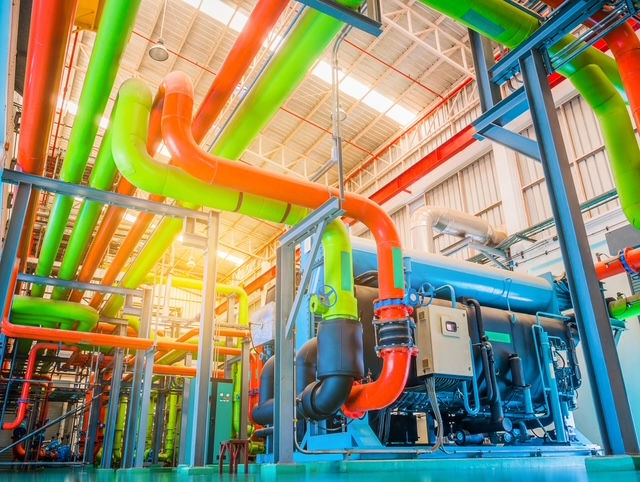Humidification Systems: Why Maintenance Matters
- Jill Nelson
- Nov 18
- 2 min read

As heating season kicks into high gear, now is the time to ensure your humidification system is performing optimally. Heating systems strip moisture from indoor air, making proper humidity control essential during these cold, dry months.
Humidification delivers real benefits: improved health, comfort, productivity, and energy savings. Properly humidified air feels warmer (for example, 68°F feels like 71°F), allowing for reduced heating costs while preventing illness, static electricity, and material damage.
In critical environments such as healthcare facilities, data centers, laboratories, and cleanrooms, humidity control is not optional; it is vital to operations.
Maintenance Misconception
It is often assumed that humidification systems are straightforward and low-maintenance, but the fact is, they're not. Proper performance requires expert selection, installation, and rigorous preventive maintenance tailored to the facility’s process, specific system type, and equipment manufacturer requirements.
Water Quality: Make-or-Break
Whether your system uses steam or cold water, the supply water quality directly impacts system efficiency, component lifespan, and indoor air quality. In isothermal (steam) systems, untreated water clogs heat exchangers, nozzles, and wetted pads, while adiabatic (unheated) systems disperse minerals into the air, coating surfaces and creating inhalation hazards.
Solution: Use deionized (DI) or reverse-osmosis (RO) water. Regular testing and filter/membrane inspections should be standard practice, along with monitoring total dissolved solids (TDS).
Controls & Calibration
Regular checks must verify:
Humidity and temperature sensor accuracy
Control valve operation across full range (0-100%)
High-limit humidistat settings and function (MSC recommends hardwired limits over software control)
It is crucial to ensure that humidification systems operate within design parameters. Most environments typically need 35-40% RH for comfort and static control, though healthcare and manufacturing facilities may require up to 55-60%. Running outside these specs causes cascading problems. Over-humidification can create condensation in ductwork and wet diffusers, while under-humidification can lead to static electricity, material degradation, and process failures in sensitive environments.
MSC services all humidification system types—boiler steam, clean steam, canister steam, centrifugal, ultrasonic, and atomized. Contact us at (973) 884-5000.




Comments